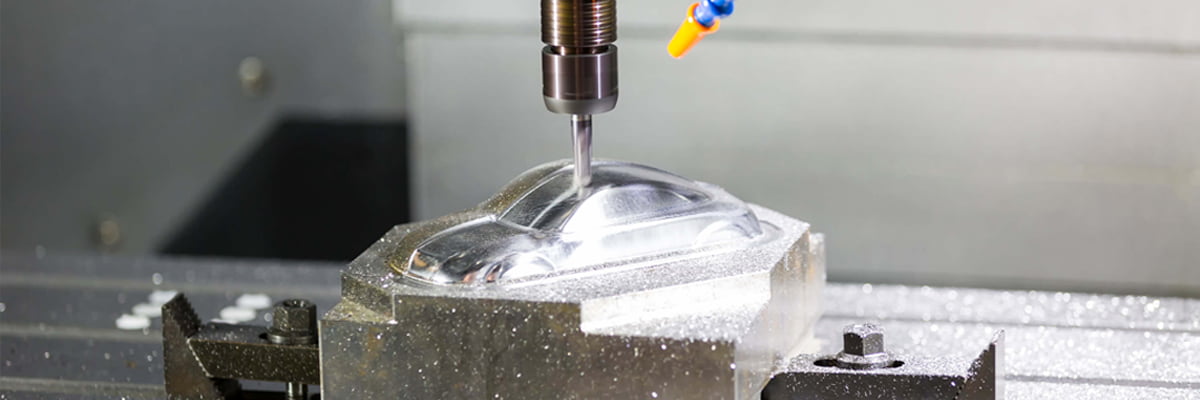
Important factors in injection mold care and molder responsibility
It’s vital for a manufacturer to have a basic understanding of the repair and cleaning required for proper tool maintenance. To keep a tool in the best working order, maintenance is essential not only when issues arise, but also routinely over time.
Understanding Basics Mold Maintenance: It’s vital for a manufacturer to have a basic understanding of the repair and cleaning required for proper tool maintenance. To keep a tool in the best working order, maintenance is essential not only when issues arise, but also routinely over time.
General, the condition of your injection mold affects the quality of the plastic components produced. Molds and tools are serious assets to your company, yet many manufacturers overlook maintenance needs when making a decision about selecting an injection molder. How your supplier maintains your mold can be a serious element of the success and longevity of your relationship.
Like any care program, there are certain checks and procedures that should be done regularly. For sample, mold cavities and gating should be inspected for wear or damage. The ejection system should be inspected and lubricated and all surfaces cleaned with a non-toxic solvent to remove dirt and sprayed with a rust preventative. Moreover, all water lines should be flushed and drained to remove excess moisture.
Molds should also get a suitable maintenance review prior to storage including:
All plates separated
The ejector system should be cleaned and lubricated
Replace and/or repair parts including ejector pins and springs, worn bushings or leader pins
When these preservation tactics are completed, molds are able to be put back into service quickly and easily.
Understanding Problems with Mold Neglect:
What occurs when your injection molder neglects your mold? Over time, the molding process can cause important wear and tear. Without a proper preventive maintenance program in place, the material may build up on the surface of your mold which can eventually cause tool denting, flash and other part defects.
The unfortunate reality is that some molders wait to do maintenance until part quality problems arise or the tool becomes damaged. Waiting until this point to make repairs can result in added expense, supply/stock issues and a longer time to market. However, when molders have a clear maintenance procedure in place, production times and overall costs can actually decrease.
Molds are a significant investment for all manufacturers and extending the life of your tool takes collaboration, communication and a maintenance plan that has been agreed upon by both parties. Now that you understand the expectations that should be put into place.

